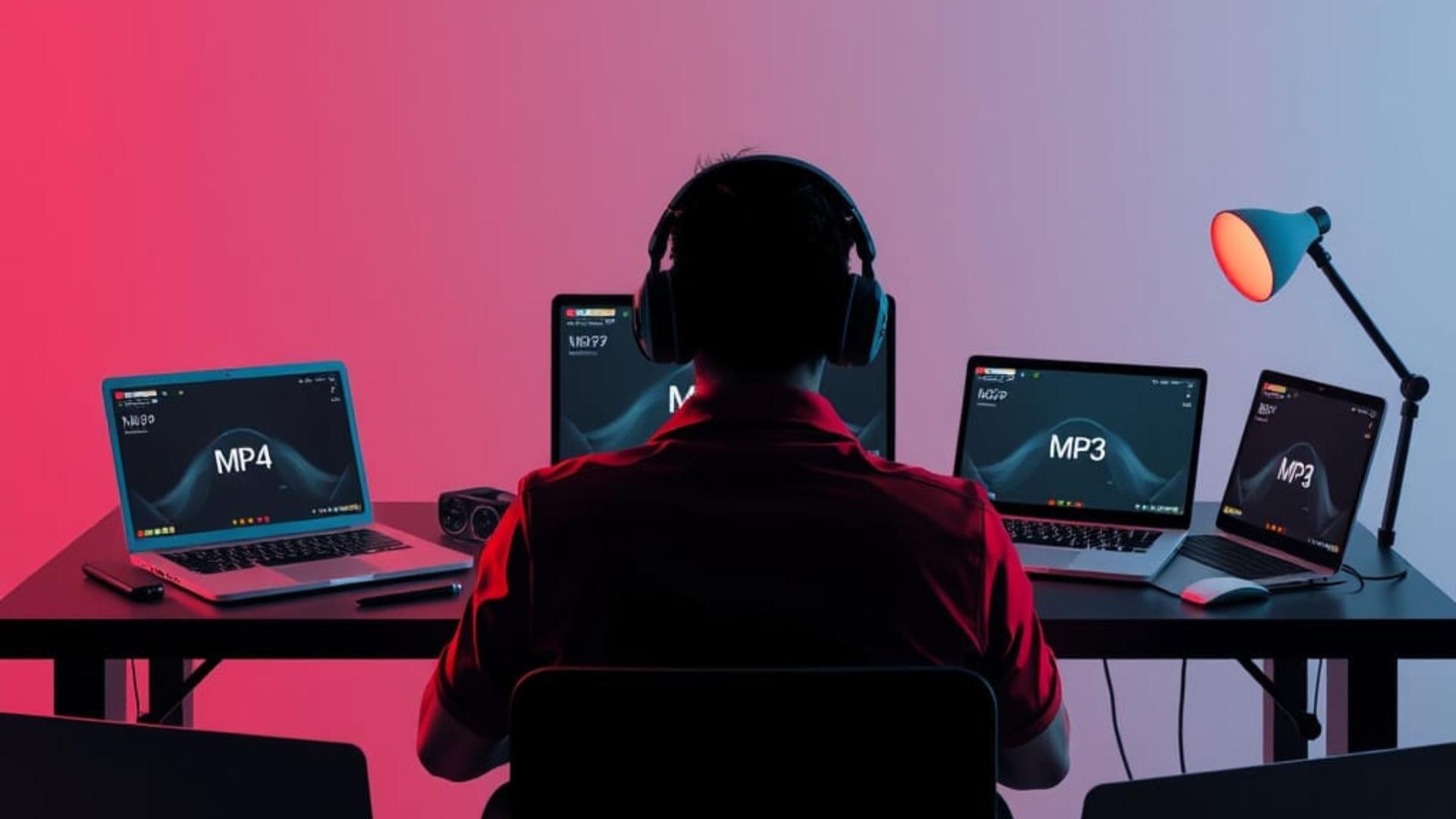 ConversionFree
ConversionFree

Getting ready for your passpo…

Getting your passport photo r…

Picking a JPG to PDF converte…

Worried about sketchy tools w…

Need a free way to convert JP…

Got a video on your phone but…

Ever tried converting MP4 to …

Need a PDF from your JPGs fas…

Has your passport photo been …